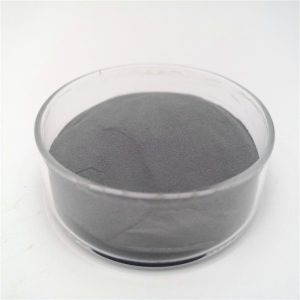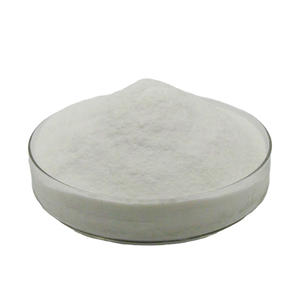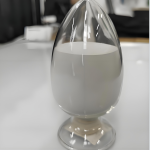Professional and high-quality metal alloys, ceramic products and concrete additives | RBOSCHCO
PRODUCT PARAMETERS
Description
Overview of Zinc Oxide (ZnO) Powder
Zinc Oxide (ZnO) powder is a commonly used inorganic compound with a variety of applications across numerous industries. ZnO powder is a white powder that exhibits excellent physical and chemical properties, making it a useful material in diverse areas. ZnO is a semiconductor with a broad bandgap, giving unique electronic and optical homes.
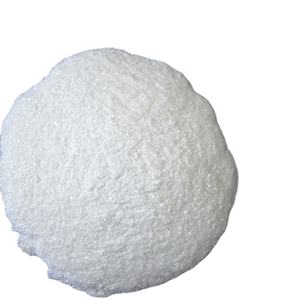
(Zinc Oxide ZnO powder CAS 1314-23-4)
Characteristics of Zinc Oxide (ZnO) Powder
High Chemical Stability: ZnO powder exhibits high chemical stability, resisting degradation even in harsh environments.
Excellent Thermal Conductivity: ZnO has good thermal conductivity, making it useful in heat dissipation applications.
Semiconducting Properties: As a wide bandgap semiconductor, ZnO is used in various electronic and optoelectronic devices.
UV Resistance: ZnO powder is highly resistant to ultraviolet (UV) radiation, finding applications in sunscreens and other UV-blocking materials.
Biocompatibility: ZnO is biocompatible, meaning it can be used in medical applications without causing harm to human cells.
Parameter table of Zinc Oxide (ZnO) Powder
| Zinc Oxide ZnO powder Properties | |
| Other Names | Oxozinc, Zinc White, Zinc monoxide, Zinci Oxydum, Flowers of zinc, Zincoid, Amalox, Ziradryl, Zincum, Oxydatum, Emanay zinc oxide, zinc, oxo-, Zinci Oxicum, Ketozinc, Nogenol, Permanent White |
| CAS No. | 1314-23-4 |
| Compound Formula | ZnO |
| Molecular Weight | 81.37 |
| Appearance | White Powder |
| Melting Point | 1,975° C (3,587° F) |
| Solubility in water | N/A |
| Density | 5600 kg/m3 |
| Purity | 99.50% |
| Particle Size | 20nm-200nm |
| Boling point | 2,360° C (4,280° F) |
| Specific Heat | N/A |
| Thermal Conductivity | N/A |
| Thermal Expansion | N/A |
| Young’s Modulus | N/A |
| Exact Mass | 79.9241 g/mol |
| Monoisotopic Mass | 79.924061 Da |
| Zinc Oxide ZnO powder Health & Safety Information | |
| Safety Warning | Warning |
| Hazard Statements | N/A |
| Flashing point | N/A |
| Hazard Codes | H410 |
| Risk Codes | N/A |
| Safety Statements | N/A |
| RTECS Number | ZH4810000 |
| Transport Information | UN 3077 9 / PGIII |
| WGK Germany | 2 |
Application of Zinc Oxide (ZnO) Powder
Sun blocks: ZnO powder is a crucial part in sun blocks, shielding skin from hazardous UV radiation.
Rubber Industry: ZnO is made use of as a vulcanizing agent in the rubber industry, boosting the mechanical residential properties of rubber items.
Paints and Coatings: ZnO powder boosts the durability and corrosion resistance of paints and finishes.
Semiconductor Devices: ZnO’s semiconducting properties make it suitable for use in transistors, diodes, and other electronic devices.
Medical Applications: ZnO powder is used in wound healing, antibacterial coatings, and other medical applications due to its biocompatibility.

Sunscreens
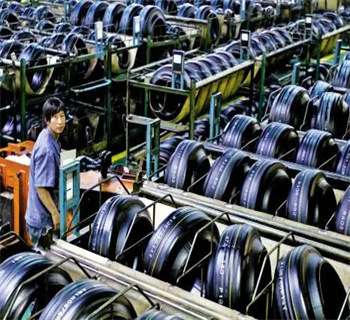
Rubber Industry
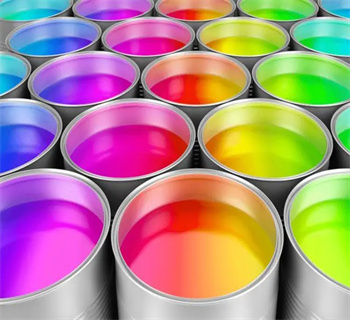
Paints and Coatings

Semiconductor Devices

Medical Applications
Production Method of Zinc Oxide (ZnO) Powder
One common method is the direct method. We start with zinc ores. First, we roast the zinc ores. This roasting process helps to get rid of impurities. After that, we heat the remaining material with carbon. The carbon reacts with the zinc – containing compounds in the ore. As a result, zinc vapor is produced. Then, this zinc vapor is oxidized in the air. When it reacts with oxygen in the air, zinc oxide powder is formed. Another way is the indirect method. We use pure zinc metal. First, we melt the zinc metal. Then, we vaporize it by heating it to a high temperature. Next, the zinc vapor is burned in air. During this burning process, the zinc reacts with oxygen in the air. This reaction forms zinc oxide powder. There’s also the wet chemical method. We use zinc salts, like zinc sulfate. First, we dissolve the zinc salt in water to make a solution. Then, we add a precipitating agent, such as sodium hydroxide. When the precipitating agent is added, zinc hydroxide precipitates out. After that, we filter the solution to collect the zinc hydroxide precipitate. Finally, we heat the zinc hydroxide precipitate. When we heat it, it decomposes into zinc oxide powder.
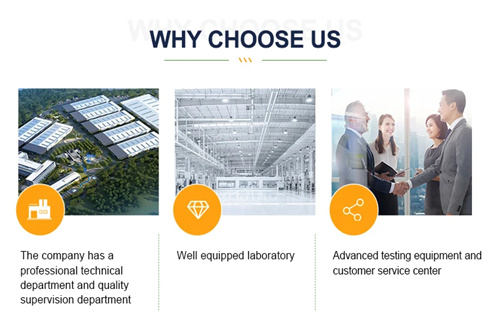
Company Profile
RBOSCHCO is a trusted global chemical material supplier & manufacturer with over 12-year-experience in providing super high-quality chemicals and nanomaterials, including boride powder, nitride powder, graphite powder, sulfide powder, 3D printing powder, etc.
The company has a professional technical department and Quality Supervision Department, a well-equipped laboratory, and equipped with advanced testing equipment and after-sales customer service center.
If you are looking for high-quality Zinc Oxide (ZnO) Powder, please feel free to contact us or click on the needed products to send an inquiry.
Payment Term
L/C, T/T, Western Union, Paypal, Credit Card etc.

Shipment Term
By sea, by air, by express, as customers request.
5 FAQs of Zinc Oxide (ZnO) Powder
Q1:
Is Zinc Oxide (ZnO) Powder safe to use?
Re: ZnO powder is generally safe to use, but it’s important to handle it with caution. Prolonged inhalation or ingestion of ZnO powder may cause irritation to the respiratory system or gastrointestinal tract. Therefore, it’s recommended to wear protective gear when handling ZnO powder and to follow safety guidelines.
Q2:
How does Zinc Oxide (ZnO) Powder compare to other oxide powders?
Re: ZnO powder compares favorably to other oxide powders due to its unique combination of chemical stability, thermal conductivity, and semiconducting properties. While other oxide powders may have similar characteristics, ZnO often offers superior performance in specific applications, such as UV protection and semiconductor devices.
Q3:
What are the challenges in processing Zinc Oxide (ZnO) Powder?
Re: Handling ZnO powder can be testing due to its high hardness and chemical inertness. Unique equipment and strategies may be required to achieve the desired particle shapes and size. Furthermore, ZnO powder is sensitive to wetness and can quickly agglomerate, which can influence its performance in applications.
Q4:
How does the purity of Zinc Oxide (ZnO) Powder affect its performance?
Re: The pureness of ZnO powder significantly influences its efficiency. Greater pureness levels lead to far better chemical stability, thermal conductivity, and semiconducting properties. Impurities can present problems in the ZnO crystal framework, impacting its performance in applications. For that reason, it’s essential to use high-purity ZnO powder for optimum efficiency.
Q5:
Are there any environmental concerns related to Zinc Oxide (ZnO) Powder?
Re: While ZnO powder is usually considered environmentally friendly, its manufacturing and disposal may have some influences if not taken care of properly. ZnO production can involve energy-intensive procedures and making use of chemicals, resulting in possible ecological influences. Furthermore, ZnO powder should be taken care of responsibly to stop it from getting in the setting and causing damage to ecosystems. As a result, it’s important to adhere to lasting manufacturing practices and make sure responsible disposal of ZnO powder.
REQUEST A QUOTE
RELATED PRODUCTS
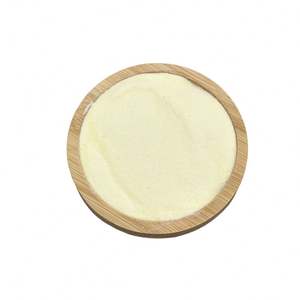
Bismuth Oxide Powder Bi2O3 Powder Price
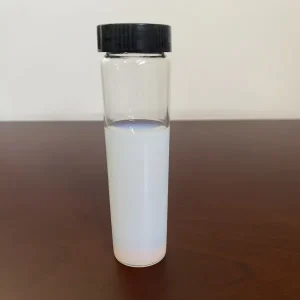
Solid Silica Dispersant TRMIBKSiOT10 High Quality Silica Nanoparticle Dispersion
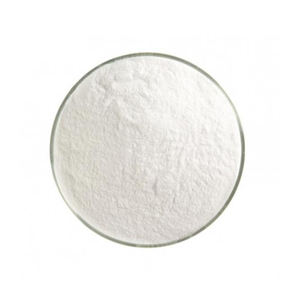
High Quality Quartz Powder SiO2 Crystalline Powder Bulk Supply
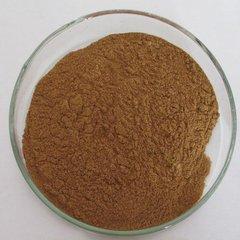
Copper(i) Oxide Cu2O Powder CAS 1317-39-1 Red Copper Oxide Nano Cuprous Oxide
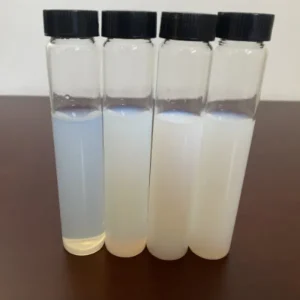
Solid Silica Dispersant TR-WSiOT10 Alkaline High Quality Silica Nanoparticle Dispersion
